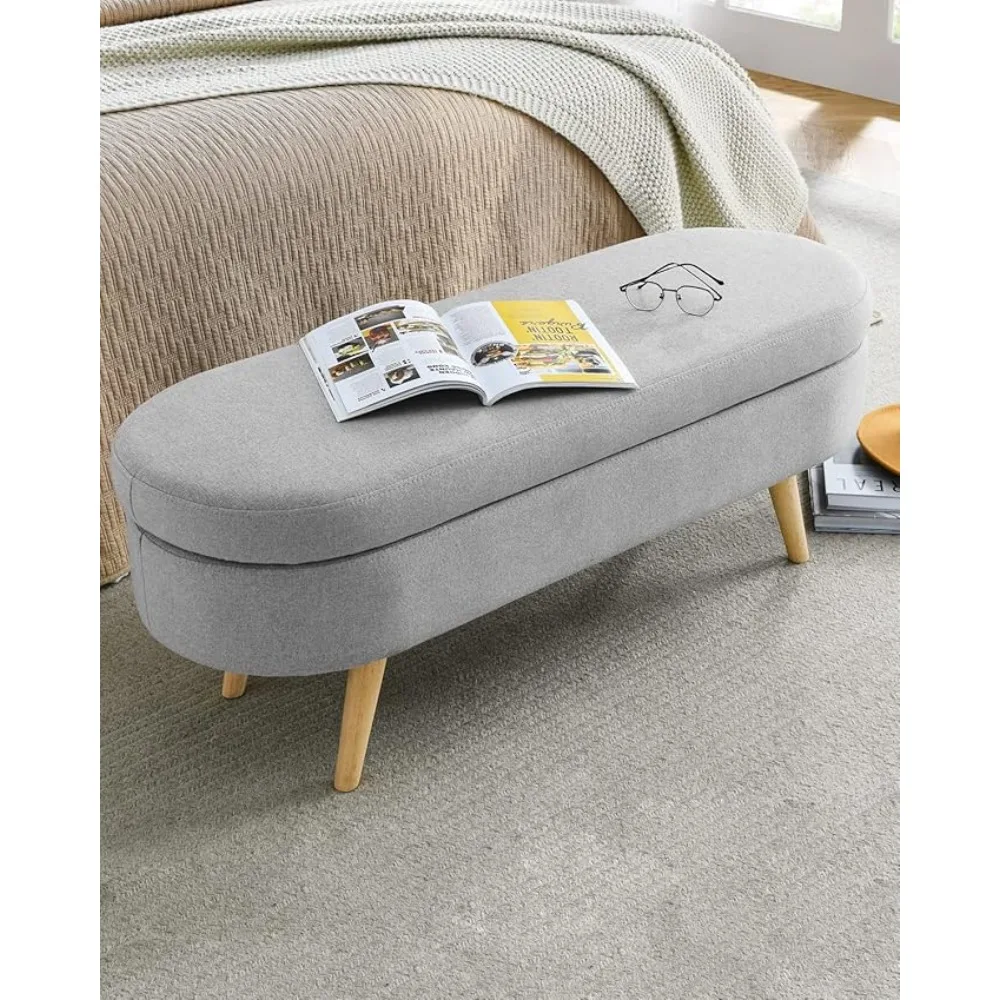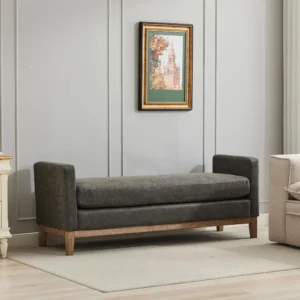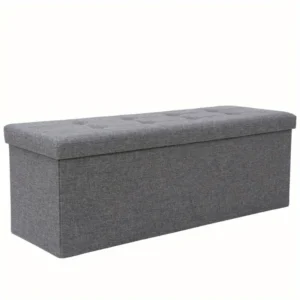The Small Space Challenge: Understanding Why Corner Benches Matter
Living in smaller homes has become increasingly common. Modern apartments are shrinking—with average square footage decreasing by about 5% in recent years. This trend creates unique challenges for homeowners and renters alike, especially when it comes to organizing living areas effectively.
Many of us struggle with:
– Limited floor space in kitchens, dining areas, and living rooms
– Awkward corners that go unused or become clutter magnets
– The need to accommodate guests without overcrowding
– Finding storage solutions that don’t overwhelm small spaces
– Creating functional areas that still look stylish and inviting
Corner spaces often represent the most underutilized real estate in our homes. These awkward angles typically become dead zones or catch-alls for random items. However, with thoughtful planning, corners can transform into some of the most functional areas of your home.
This is where corner benches enter the picture. These clever furniture pieces represent a strategic solution for space optimization by addressing multiple needs simultaneously. A well-designed corner bench provides comfortable seating, incorporates valuable storage, and enhances your home’s style—all while taking advantage of often wasted corner space.
Throughout this guide, we’ll explore how incorporating space-saving entryway ideas and corner entryway benches can dramatically transform your small living areas. We’ll cover everything from the various types available to installation considerations, helping you make the most of every square inch in your home.
Space-Maximizing Benefits of Corner Benches
Enhanced Seating Capacity
One of the most immediate benefits of corner benches is their ability to seat more people in the same footprint. While four individual chairs might comfortably seat four people around a table, an L-shaped corner bench can often accommodate six or more in the same space. This makes corner benches particularly valuable for families who entertain frequently or need flexible seating arrangements.
Space Efficiency
Corner benches excel at utilizing previously wasted corner spaces. These awkward areas—which often become dumping grounds for miscellaneous items—transform into functional, purposeful spaces. By following the contours of your walls, corner benches eliminate dead zones and create a more cohesive flow throughout your home.
Storage Integration
Perhaps the most practical advantage of corner benches is their storage potential. Many entryway bench storage solutions feature hidden compartments beneath lift-up seats, pull-out drawers, or open shelving underneath. This dual functionality eliminates the need for separate storage furniture, essentially giving you two pieces of furniture in the footprint of one.
Visual Benefits
Beyond practical advantages, corner benches can make rooms appear larger and more organized. By pushing seating against walls rather than having chairs jutting into walking paths, you create clearer pathways and more open floor space. This visual openness contributes significantly to the perception of a larger room.
Multi-functionality
Modern corner benches often serve multiple purposes beyond seating and storage. Some designs incorporate workspaces, charging stations, or convertible features that adapt to different needs throughout the day. The ability to maximize small spaces with smart entryway benches makes these pieces invaluable in compact living situations.
Environmental Impact
By combining multiple furniture functions into one piece, corner benches reduce the overall resources needed to furnish your home. Rather than purchasing separate seating, storage units, and decorative pieces, a well-designed corner bench can fulfill all these roles—resulting in a smaller environmental footprint and less consumption overall.
Types of Corner Benches for Different Spaces
L-Shaped Corner Benches
L-shaped corner benches form a right angle that fits perfectly into room corners. These are the most common corner bench configurations due to their versatility and compatibility with standard spaces.
Design characteristics:
– Follows walls along two adjacent sides
– Creates a clear boundary for eating or conversation areas
– Works well with rectangular or square tables
Pros:
– Efficient corner usage without wasting any wall space
– Compatible with standard tables and dining sets
– Provides defined seating while maintaining open space on other sides
Cons:
– Less flexible for rearranging once installed, especially built-in versions
– Requires rooms with true 90° corners for optimal fit
– May limit traffic flow in some layouts
U-Shaped/Banquette Seating
U-shaped benches, also called banquettes, wrap around three sides of a space, creating a restaurant-booth feel in residential settings.
Design characteristics:
– Creates an enclosed, intimate seating arrangement
– Maximizes seating capacity along three walls
– Forms a dedicated zone within larger spaces
Pros:
– Offers maximum seating capacity for large families or entertainers
– Creates a clearly defined dining zone in open floor plans
– Provides a cozy, nestled feeling that encourages longer meals and conversations
Cons:
– Requires specific table styles (usually pedestal-based)
– Needs more overall space than L-shaped options
– Can make access to the innermost seats challenging
Modular Corner Systems
For those seeking flexibility, modular corner systems offer adaptable, reconfigurable designs that can evolve with your needs.
Design characteristics:
– Consists of separate pieces that can be arranged in various configurations
– Often includes individual seat sections that connect together
– May incorporate different heights or functions in various modules
Pros:
– Can be reconfigured as needs change
– Allows for growth or reduction by adding/removing sections
– Easier to move when relocating
Cons:
– May have visible seams between sections
– Potential stability issues compared to single-piece designs
– Often requires specific connectors or alignment mechanisms
Freestanding vs. Built-in Options
The decision between freestanding and built-in corner benches impacts everything from installation to flexibility.
Freestanding benches:
– Can be moved or repositioned as needed
– Available in ready-made options requiring no installation
– Easier to replace or update as styles change
Built-in benches:
– Custom-fitted to your exact space dimensions
– Often include more extensive storage options
– Create a permanent, architectural feature in your home
When considering different types of space-saving entryway seating or a corner hall tree for your entryway, the specific dimensions and layout of your space will largely determine which style works best.
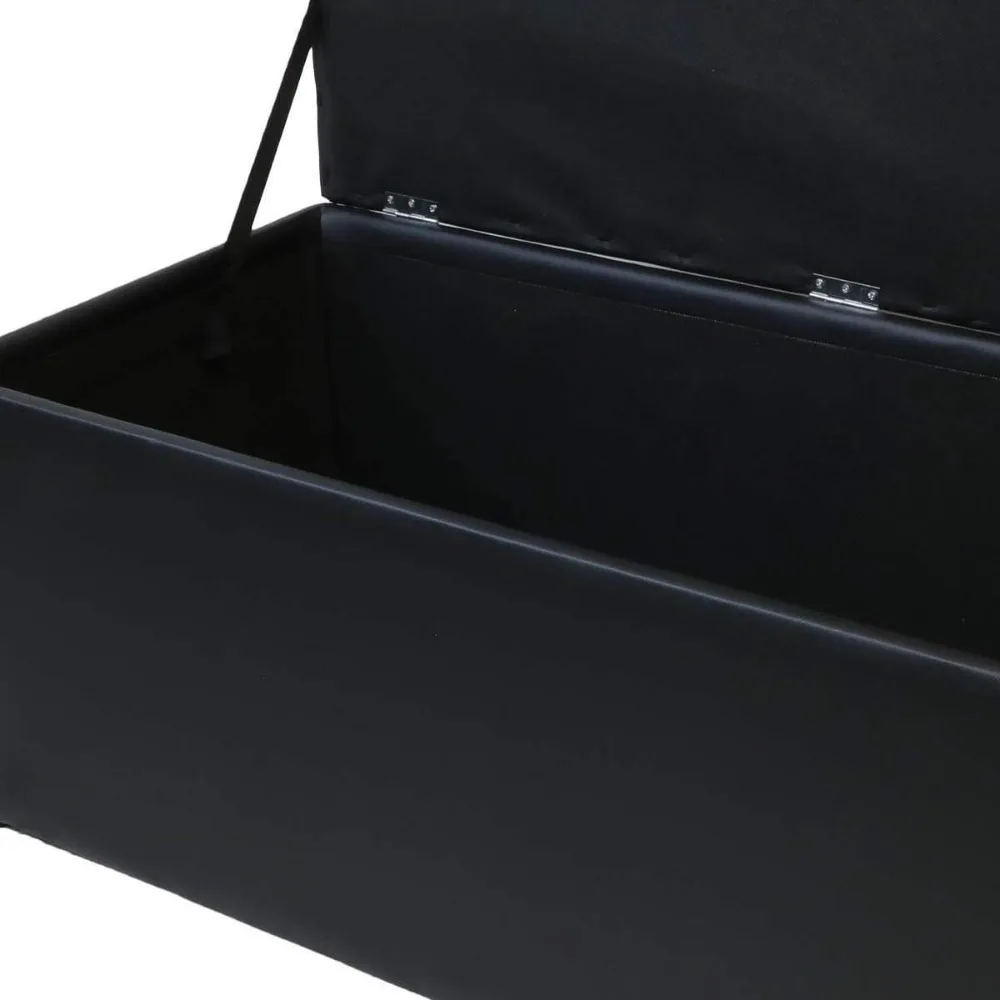
Optimizing Storage Features in Corner Benches
Hidden Storage Compartments
Lift-top storage compartments represent one of the most popular storage features in corner benches. These clever designs allow the seat portion to lift upward on hinges, revealing a spacious storage area inside the bench frame.
Key features:
– Gas lifts or spring mechanisms for smooth, safe operation
– Ventilation holes in some models to prevent moisture buildup
– Varying depth capacities based on bench height and construction
Hidden storage compartments are ideal for items you don’t need daily access to, such as seasonal decor, extra linens, or children’s toys. Most lift-top designs offer between 3-5 cubic feet of storage space—enough for numerous items that would otherwise require dedicated storage furniture.
Built-in Drawer Systems
Drawer systems offer more accessible storage than lift-top designs, allowing you to organize small entryway benches with specialized compartments.
Drawer considerations:
– Full-extension slides provide complete access to the entire drawer contents
– Partial-extension drawers offer simpler construction but limited access
– Soft-close mechanisms prevent slamming and damage
– Dividers or inserts allow for customized organization
Drawers work particularly well for items you access frequently, such as table linens, utensils, or personal accessories. They eliminate the need to clear off seating surfaces before accessing stored items.
Open Shelving Options
Open shelving beneath bench seating creates easily accessible storage while contributing to the overall design aesthetic.
Benefits include:
– Immediate access without opening or moving anything
– Opportunity for displaying decorative items
– Better airflow for items that shouldn’t be enclosed
– Potential for basket inserts that combine open access with containment
Open shelving works best for frequently used items or decorative pieces you want to display, such as favorite books, baskets, or decorative storage boxes.
Multi-level Storage Solutions
The most sophisticated corner bench designs incorporate multiple storage types within a single unit.
Combination approaches include:
– Upper drawers with lower open shelving
– Central lift-top storage flanked by drawers on either end
– Tiered shelving at different heights for various item sizes
– Specialized compartments for specific items (shoe storage, charging stations)
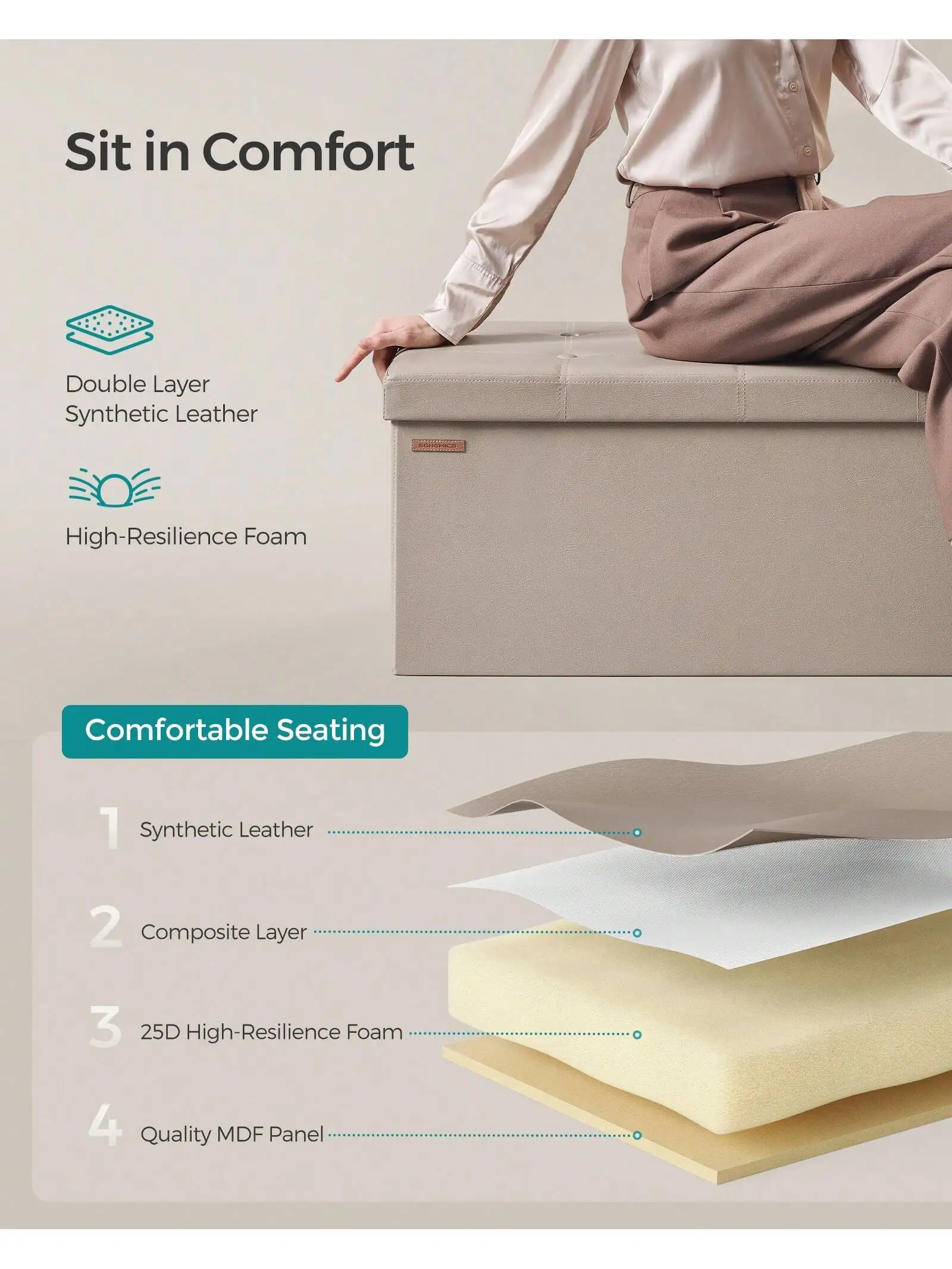
When selecting a corner bench with storage, consider both the entryway bench drawers and your specific organizational needs. The right storage configuration can dramatically reduce clutter while keeping essential items easily accessible.
Design Elements: Integrating Corner Benches with Your Décor
Material Considerations
The materials you choose for your corner bench significantly impact both aesthetics and durability.
Wood options:
– Oak: Durable with prominent grain patterns, excellent for traditional and farmhouse styles
– Pine: Lighter weight with a casual feel, takes paint well for customized looks
– Walnut: Rich, dark tones with sophisticated grain patterns for premium spaces
– Maple: Smooth, consistent grain pattern ideal for modern and minimalist designs
Upholstery choices:
– Leather: Durable and easy to clean, adds a luxurious feel but requires occasional conditioning
– Performance fabrics: Stain-resistant options like Sunbrella or Crypton for high-traffic areas
– Vinyl: Highly durable and easy to wipe clean, ideal for kitchen areas
– Natural fibers: Cotton, linen and wool options for comfort and texture
Metal and composite materials:
– Steel frames: Industrial appeal with maximum durability
– Aluminum components: Lightweight with modern appeal
– Engineered wood: Consistent appearance and good stability at lower price points
Style Matching Across Home Aesthetics
Different corner bench styles complement various home design aesthetics.
Modern:
– Clean, straight lines with minimal ornamentation
– Monochromatic or two-tone color schemes
– Hidden or integrated storage solutions
– Metal or mixed material construction
Traditional:
– Carved details or decorative molding
– Tufted upholstery or classic patterns
– Rich wood tones with visible grain
– Curved or tapered legs
Farmhouse:
– Distressed or weathered finishes
– Bench and table combinations with matching wood tones
– Simple, sturdy construction with visible joinery
– Natural materials with minimal processing
Industrial:
– Raw or blackened metal components
– Reclaimed or rough-hewn wood surfaces
– Minimal upholstery, often in leather or canvas
– Exposed hardware and functional elements
Color Strategies for Small Spaces
Color choices can dramatically impact how large or small a corner bench appears in your space.
- Light colors (white, cream, light gray) make benches appear to take up less visual space
- Dark colors (navy, charcoal, black) can add sophistication but may make spaces feel smaller
- Bold accent colors draw attention and create focal points
- Pattern scale matters—small patterns work better in smaller spaces
Our modern entryway bench collection and guide to modern bench styles for small spaces offer numerous examples of how material and color choices can transform your space.
Measurement Guide: Ensuring the Perfect Fit
Taking proper measurements is crucial before purchasing or building a corner bench. Even small measurement errors can result in uncomfortable seating or poor fit with existing furniture.
Essential Measurements to Take
Before shopping for a corner bench, gather these key measurements:
Wall measurements:
– Length of each wall where the bench will sit
– Height of any windows, outlets, or obstructions along these walls
– Distance from corner to any doorways or passages
Space considerations:
– Minimum clearance needed for comfortable movement (36” from table edge to opposite furniture is standard)
– Table dimensions if pairing with an existing table
– Ceiling height if considering a high-backed design
Ergonomic measurements:
– Preferred seating height (typically 18-20” from floor to top of seat)
– Comfortable depth for seating (18-22” for most adults)
– Backrest height for proper support (12-18” above seat)
Standard Dimensions Reference
| Dimension | Standard Range | Comfort Optimum | Small Space Minimum |
|---|---|---|---|
| Seat Height | 17-20” | 18” | 16” |
| Seat Depth | 18-22” | 20” | 16” |
| Backrest Height | 12-18” | 15” | 10” |
| Table Clearance | 10-12” | 12” | 8” |
| Walkway Clearance | 36-48” | 42” | 30” |
Working with Unusual Angles
Not all corners form perfect 90-degree angles. For unusual corners:
- Use an angle finder tool to measure the exact corner angle
- Consider custom-built solutions for angles beyond 85-95 degrees
- For corners with obstructions, create a detailed template using cardboard
- Allow for wall irregularities by measuring at multiple heights
Finding the perfect entryway bench height and selecting narrow entryway benches for particularly tight spaces requires careful attention to these measurement details.

Buying Guide: What to Look for in Quality Corner Benches
Structural Quality Indicators
When investing in a corner bench, these construction features indicate quality and longevity:
Frame materials:
– Hardwood frames (oak, maple, walnut) offer superior durability
– Engineered wood should have minimal flex when pressure is applied
– Metal frames should feature welded (not just bolted) joints at stress points
Weight capacity:
– Quality dining benches should support at least 250-300 lbs per linear foot
– Storage benches need reinforced bottoms to prevent sagging
– Look for documented weight capacity in product specifications
Joinery techniques:
– Mortise and tenon, dovetail, or dowel joints indicate quality construction
– Avoid pieces relying solely on staples or glue for structural integrity
– Corner braces should be present at major stress points
Comfort Features
Even the most beautiful bench will go unused if it’s uncomfortable:
Seat considerations:
– Ideal seat depth is 18-22” for adults
– Cushioning should be firm enough to support weight without bottoming out
– Edge profile (rounded vs. square) affects comfort during longer sitting periods
Backrest features:
– Angle of 95-105 degrees provides ideal back support
– Height should reach at least mid-back for proper support
– Lumbar support prevents back fatigue during longer periods
Maintenance Requirements
Consider the ongoing care needed before purchasing:
Wood maintenance:
– Sealed woods require simple dusting and occasional polishing
– Raw or oil-finished woods need more frequent conditioning
– Painted surfaces may chip and require touch-ups over time
Upholstery care:
– Removable, washable covers offer the easiest maintenance
– Leather requires conditioning to prevent cracking
– Stain treatments can dramatically reduce maintenance needs
Price Considerations
Quality corner benches represent a significant investment, with price points typically reflecting construction quality:
- Budget options ($200-500): Usually feature engineered wood, basic upholstery, and limited storage
- Mid-range ($500-1200): Solid wood components, better upholstery, and more refined storage options
- Premium ($1200+): Hardwood construction, designer fabrics or top-grain leather, and custom features
Our complete guide to choosing compact benches and affordable entryway bench solutions provide more detailed guidance on finding the right balance between quality and budget.
Installation Considerations: DIY vs. Professional
DIY Installation Overview
Installing a corner bench yourself can save money but requires careful planning and basic skills:
Skill requirements:
– Basic to intermediate carpentry skills for most freestanding benches
– Advanced skills for custom built-ins or complex designs
– Ability to read and follow detailed instructions
Common tools needed:
– Drill/driver with various bits
– Level and measuring tape
– Stud finder for wall attachment
– Allen wrenches or specialty hardware tools included with the bench
Time investment:
– Freestanding bench assembly: 2-4 hours
– Basic built-in installation: 6-12 hours
– Custom built-in with storage: 16-24+ hours
Professional Installation Benefits
Hiring a professional installer or carpenter offers several advantages:
- Custom fitting to irregular walls or corners
- Seamless integration with existing architectural features
- Structural modifications to accommodate utilities
- Warranty coverage for the installation work
- Time savings and reduced frustration
Professional installation typically adds 20-40% to the overall project cost but can result in a more polished, permanent solution—especially for built-in designs.
Semi-Custom Options
Many homeowners find middle ground with semi-custom approaches:
- Ready-made bench components customized to fit your space
- Professional installation of store-bought benches with custom modifications
- DIY assembly with professional finish work or customization
Safety Considerations
Regardless of installation method, safety should be paramount:
- Corner benches with storage should be anchored to walls to prevent tipping
- Built-in benches need proper support underneath—not just wall attachment
- Ensure clearance for heating vents, electrical outlets, and other utilities
- Check weight ratings and distribute load appropriately
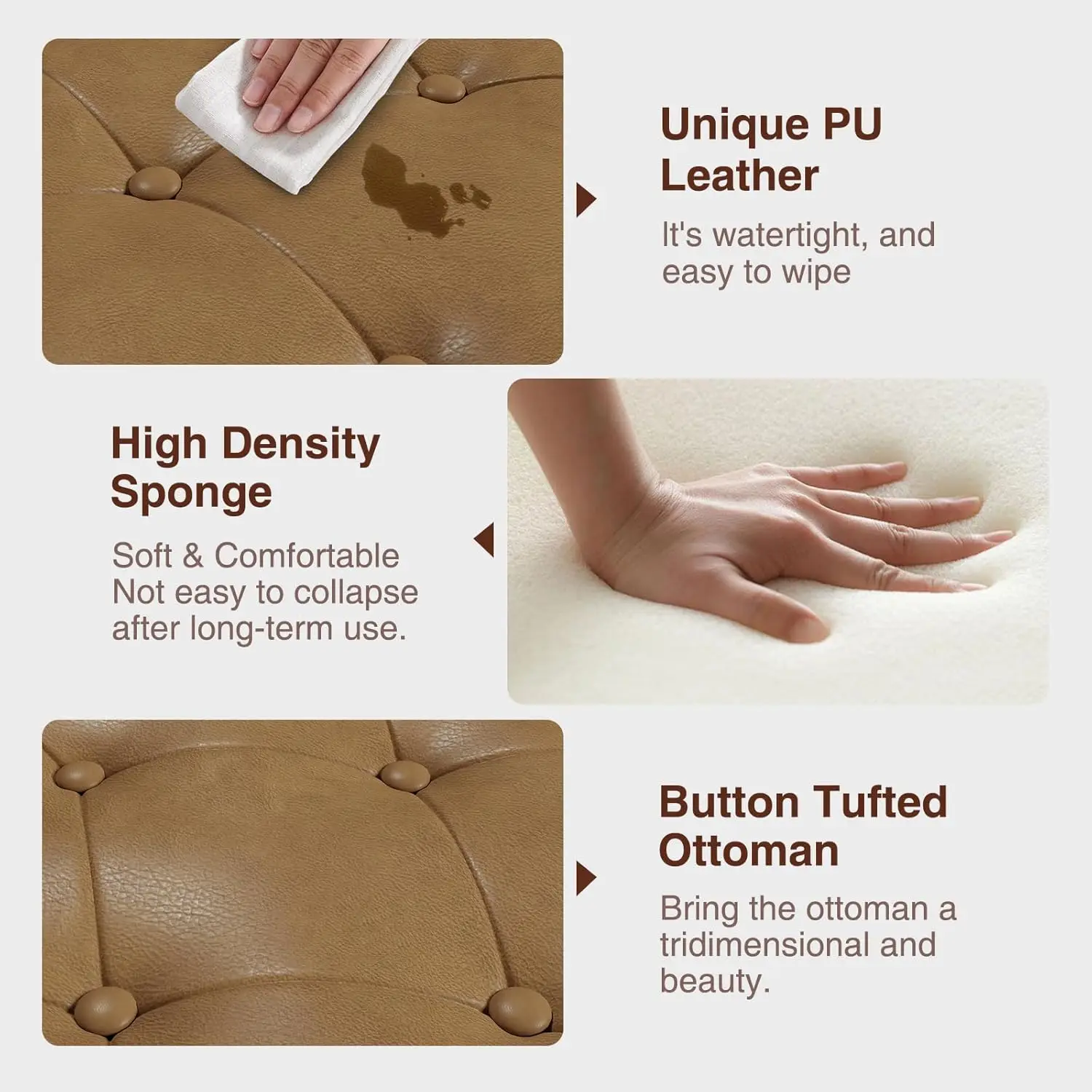
Inspirational Small Space Applications
Kitchen Corner Solutions
Kitchen corners often represent prime real estate for functional seating:
Breakfast nook configurations:
– Corner benches paired with pedestal tables create cozy morning spaces
– Window-adjacent corners maximize natural light during meals
– Storage underneath keeps seasonal tablecloths and special occasion dishes
Cooking area adjacent seating:
– Observer seating for conversational cooking experiences
– Homework stations that keep children nearby while parents prepare meals
– Casual dining alternatives to formal dining rooms
Pantry integration examples:
– Bench seating with hinged tops revealing bulk food storage
– End caps on pantry walls that double as waiting/texting spots
– Transition spaces between kitchen and dining areas
Dining Room Space Maximizers
Corner benches transform dining rooms from occasional-use spaces to daily hubs:
Full dining solutions for small apartments:
– L-shaped benches paired with extendable tables accommodate varying group sizes
– Built-in storage eliminates the need for separate china cabinets or buffets
– Multi-height designs incorporate both dining and bar-height seating
Mixed seating arrangements:
– Bench seating on one or two sides with chairs on others for varied comfort
– Bench positioning that takes advantage of views or television placement
– Nesting ottomans that provide extra seating when needed
Living Room Applications
Beyond dining, corner benches enhance living spaces:
Reading corners:
– Window-adjacent benches with task lighting create perfect reading nooks
– Built-in bookshelves surrounding corner seating maximize literary storage
– Cushioned corners with adequate back support for extended relaxation
Media room solutions:
– L-shaped configurations that optimize viewing angles
– Storage compartments sized for gaming components or media collections
– Charging stations integrated into armrests or side tables
Entryway and Mudroom Implementations
Best small benches for entryways transform these transitional spaces:
Organizational systems:
– Corner bench solutions that include coat hooks above and shoe storage below
– Mail sorting and key drop zones built into bench designs
– Season-specific storage that rotates winter/summer gear as needed
Transition space optimizers:
– Corner seating that facilitates putting on/removing shoes
– Pet-friendly designs with leash hooks and toy storage
– Hidden storage for less attractive necessities (umbrellas, reusable bags)
Studio Apartment Multi-functional Setups
In the smallest spaces, corner benches become essential multi-taskers:
- Dining/working/entertaining areas that transform throughout the day
- Sleep solutions incorporating pull-out or fold-down mechanisms
- Clear division of space without solid walls or room dividers
Entryway Bench with Cushion, Mudroom Bench with Cushion, Shoe Bench for Entryway
$1,186.63 Select options This product has multiple variants. The options may be chosen on the product pageCoat Rack Shoe Bench, Corner Entryway Bench, Corner Hall Tree, Shoe Bench for Entryway
$313.58 Select options This product has multiple variants. The options may be chosen on the product pageEntryway Bench with Back, Modern Entryway Bench, Shoe Bench for Entryway
Price range: $463.13 through $474.44 Select options This product has multiple variants. The options may be chosen on the product pageShoe Storage Bench for Entryway
$459.02 Select options This product has multiple variants. The options may be chosen on the product pageEntryway Bench with Shelf Storage, Shoe Bench for Entryway, Shoe Storage Bench
$194.08 Select options This product has multiple variants. The options may be chosen on the product pageCorner Entryway Bench, Entryway Bench with Cushion, Modern Entryway Bench, Shoe Bench for Entryway
$476.34 Select options This product has multiple variants. The options may be chosen on the product page
Our small entryway benches and compact storage benches for small apartments provide practical examples for these applications.
Corner Bench Maintenance and Longevity Tips
Proper maintenance ensures your corner bench remains beautiful and functional for years to come:
Regular Cleaning Protocols
- Wood surfaces: Dust weekly with a soft cloth; clean quarterly with appropriate wood cleaner
- Fabric upholstery: Vacuum monthly with upholstery attachment; spot clean spills immediately
- Leather: Dust weekly; condition quarterly to prevent drying and cracking
- Hardware: Check and tighten screws or bolts every 6-12 months
Preventative Maintenance
- Place felt pads under any moveable bench sections to protect flooring
- Apply furniture wax to wood surfaces annually to maintain finish
- Rotate cushions monthly if possible to distribute wear evenly
- Keep benches away from direct sunlight or use window treatments to prevent fading
Common Repairs
- Loose joints: Apply wood glue and clamp until dry
- Fabric tears: Use iron-on patches on underside or slipcover damaged sections
- Surface scratches: Touch up with matching markers, crayons, or fill sticks
- Hardware replacement: Keep extra hardware from assembly for future repairs
Seasonal Care
- Spring: Deep clean cushions and assess winter damage
- Summer: Protect from excessive air conditioning dryness with proper humidity
- Fall: Apply protective treatments before heating season begins
- Winter: Maintain proper indoor humidity to prevent wood cracking
With proper care, a quality corner bench should provide 10-15 years of reliable service, with upholstered elements requiring refresh or replacement more frequently than structural components.
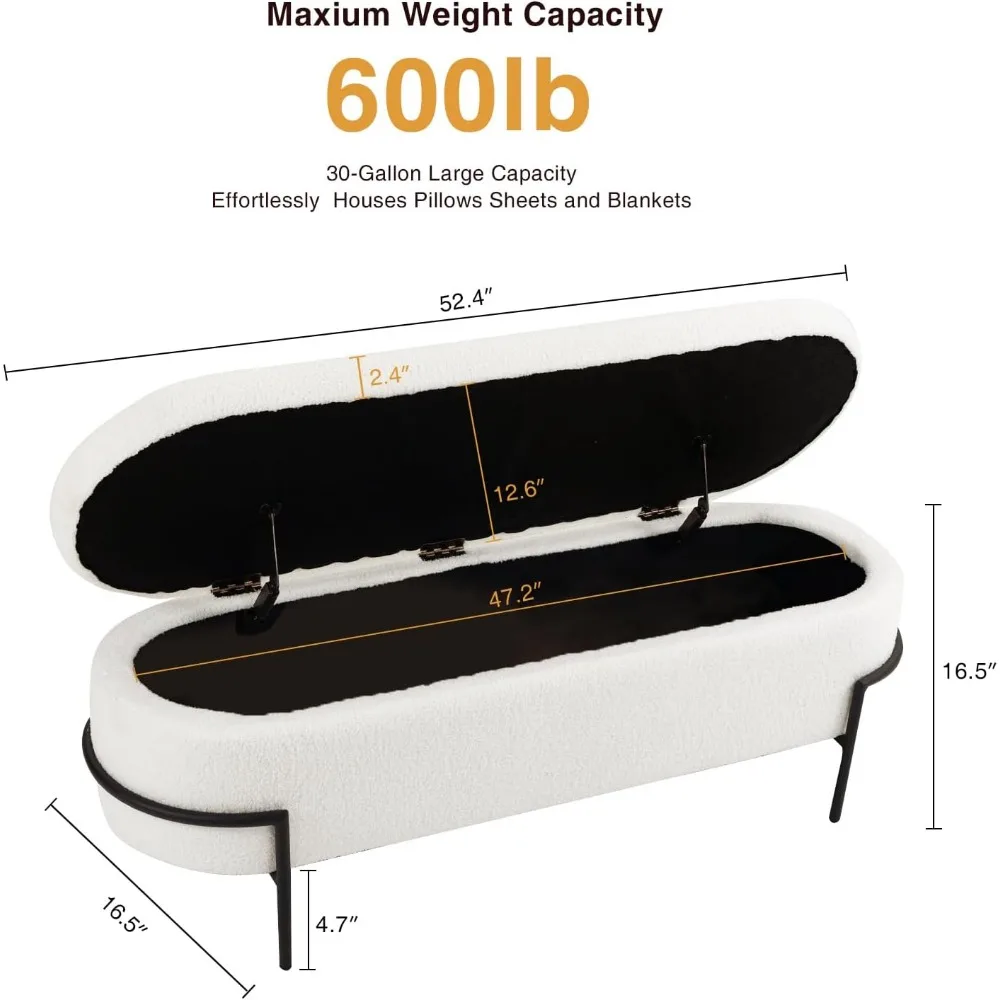
Supplementary Content: Frequently Asked Questions
Can corner benches work in truly tiny spaces under 100 square feet?
Yes! In fact, corner benches are especially valuable in micro spaces because they eliminate wasted corner areas and often incorporate storage. Look for low-profile designs with minimal visual weight, and consider benches without backs if the wall can serve as back support.
How do I choose between a corner bench and individual chairs?
Consider your primary needs: If maximizing seating capacity and storage are priorities, choose a corner bench. If flexibility to rearrange seating frequently is more important, individual chairs may be better. Many homeowners find a combination works best—a corner bench on one or two sides with chairs on the others.
Are corner benches comfortable for extended dining or working?
With proper design, absolutely. Look for ergonomic features like: proper seat depth (18-22”), supportive back angle (95-105°), appropriate cushioning density, and height matched to your table. Many people find well-designed benches more comfortable than dining chairs for longer periods.
What’s the best table shape to pair with an L-shaped bench?
Rectangular or square tables generally work best with L-shaped benches. Round tables can work but leave some bench space outside comfortable reaching distance. For optimal space efficiency, look for tables with a single central pedestal rather than four legs, which allows for easier entry and exit.
How do I manage the corner space in a corner bench dining set?
The corner section can be challenging for seating. Solutions include: using a square table positioned to leave the corner open, adding a corner wedge cushion to make the space more comfortable, or using the corner for decorative elements or serving pieces instead of seating.
Can corner benches be used in commercial spaces?
Yes, corner benches are popular in cafes, restaurants, and office break rooms. For commercial use, look for contract-grade materials, higher weight ratings, and compliance with public space regulations. Commercial spaces typically require more durable upholstery with higher rub ratings.
What are the weight capacity limitations I should consider?
Quality residential corner benches typically support 250-350 pounds per linear foot of seating. For built-in benches, the construction method matters more than the bench itself—ensure proper structural support underneath and appropriate wall anchoring. For families with larger individuals, look for benches with reinforced support systems or custom options rated for higher weights.
For more information about using benches in particularly small spaces, check out our guide on space-saving entry benches for small homes.
Accessorizing Your Corner Bench: Beyond the Basics
The right accessories transform a basic corner bench into a personalized, comfortable focal point:
Cushion and Pillow Selection
- Seat cushions: Choose 2-4” thickness for dining, 4-6” for lounging areas
- Back cushions: Consider a mix of firm support pillows and softer decorative ones
- Outdoor-rated fabrics: Even for indoor use, these offer superior stain resistance
- Seasonal rotation: Switch cushion covers to refresh your space seasonally
Lighting Options
- Under-bench lighting: LED strips create ambiance and improve safety
- Reading lamps: Adjustable options for corner reading nooks
- Overhead pendants: Position to illuminate the bench area without creating glare
Table Pairings
- Height compatibility: Ensure 7-9” between bench seat and table underside
- Size proportions: Table should extend 4-6” beyond the bench edge for easy access
- Extendable options: Consider drop-leaf or extension tables for flexible capacity
Our entryway bench cushion collection offers options that can be adapted for various corner bench styles.
Smart Space: Tech Integration with Modern Corner Benches
Today’s corner benches often incorporate technology to enhance functionality:
Built-in Charging Solutions
- Hidden power outlets integrated into bench frames
- Wireless charging pads built into armrests or adjacent surfaces
- USB ports for device charging without bulky adapters
Storage for Electronics
- Cable management channels to reduce cord clutter
- Ventilated compartments for devices that generate heat
- Padded sections designed specifically for laptop or tablet storage
Smart Features
- LED lighting systems controlled by motion sensors or smartphones
- Temperature-controlled storage for wine or perishables
- Motorized compartments that open with touch controls
These tech-friendly options complement the storage available in our entryway bench shelf storage collection, creating truly modern multi-functional spaces.
Making the Decision: Is a Corner Bench Right for You?
Consider these factors when determining if a corner bench suits your needs:
Space Optimization Assessment
- Do you have corners that currently serve little purpose?
- Would consolidated seating free up floor space for other functions?
- Is storage a significant challenge in your current layout?
Lifestyle Compatibility
- Do you entertain groups frequently?
- Is a casual, inclusive seating arrangement important to your family?
- Do you value multi-functional furniture that serves multiple purposes?
Long-term Value Considerations
- Are you staying in your current home long-term?
- For renters, would a freestanding option be adaptable to future spaces?
- Does your family size or entertainment style justify the investment?
Alternative Comparison
Corner benches excel at space efficiency, but alternatives include:
– Individual chairs with separate storage furniture
– Built-in storage cabinets with moveable seating
– Counter-height dining with stools that tuck away
Our shoe storage bench entryway collection offers one alternative that might better suit some needs, particularly in high-traffic areas.
When thoughtfully selected and properly placed, a corner bench can transform your small space from cramped to cozy, from cluttered to clever. By maximizing seating capacity, incorporating storage, and utilizing otherwise awkward corners, these versatile furniture pieces exemplify the perfect marriage of form and function that defines Nested Goods products.

